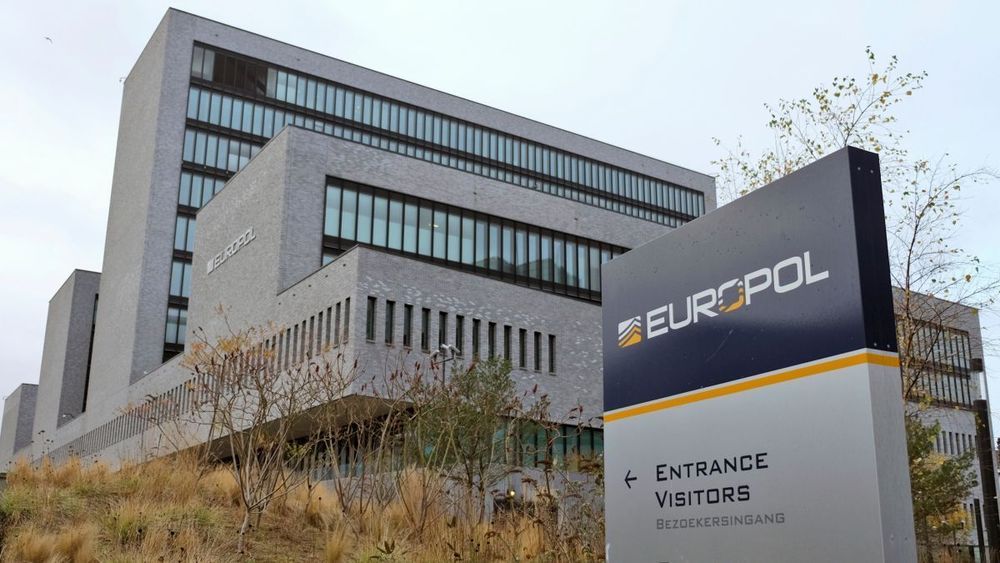The Federal Aviation Administration put forward a rule Thursday that would empower the government to track most drones in the U.S.
The rule will require drones to implement a remote ID system, which will make it possible for third parties to track them. The measure will help law enforcement identify unauthorized drones that may pose a security threat, paving the way for wider adoption of commercial drone technology.
The rule said that the FAA expects all eligible drones in the U.S. to comply with the rule within three years.







